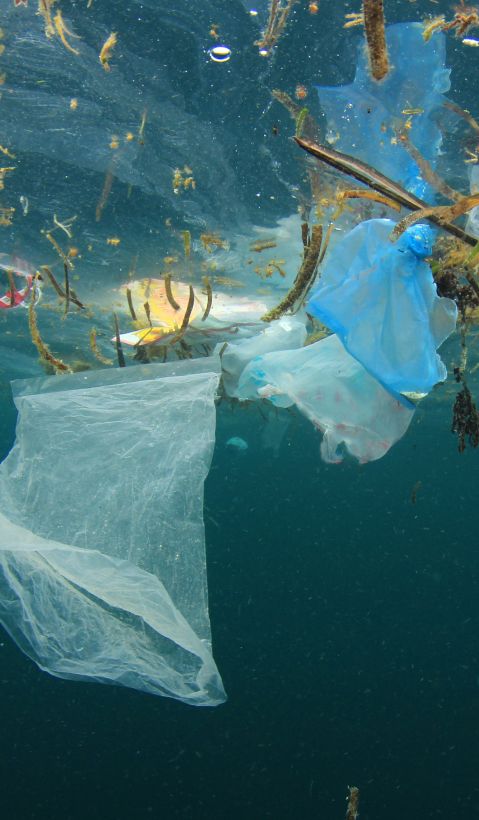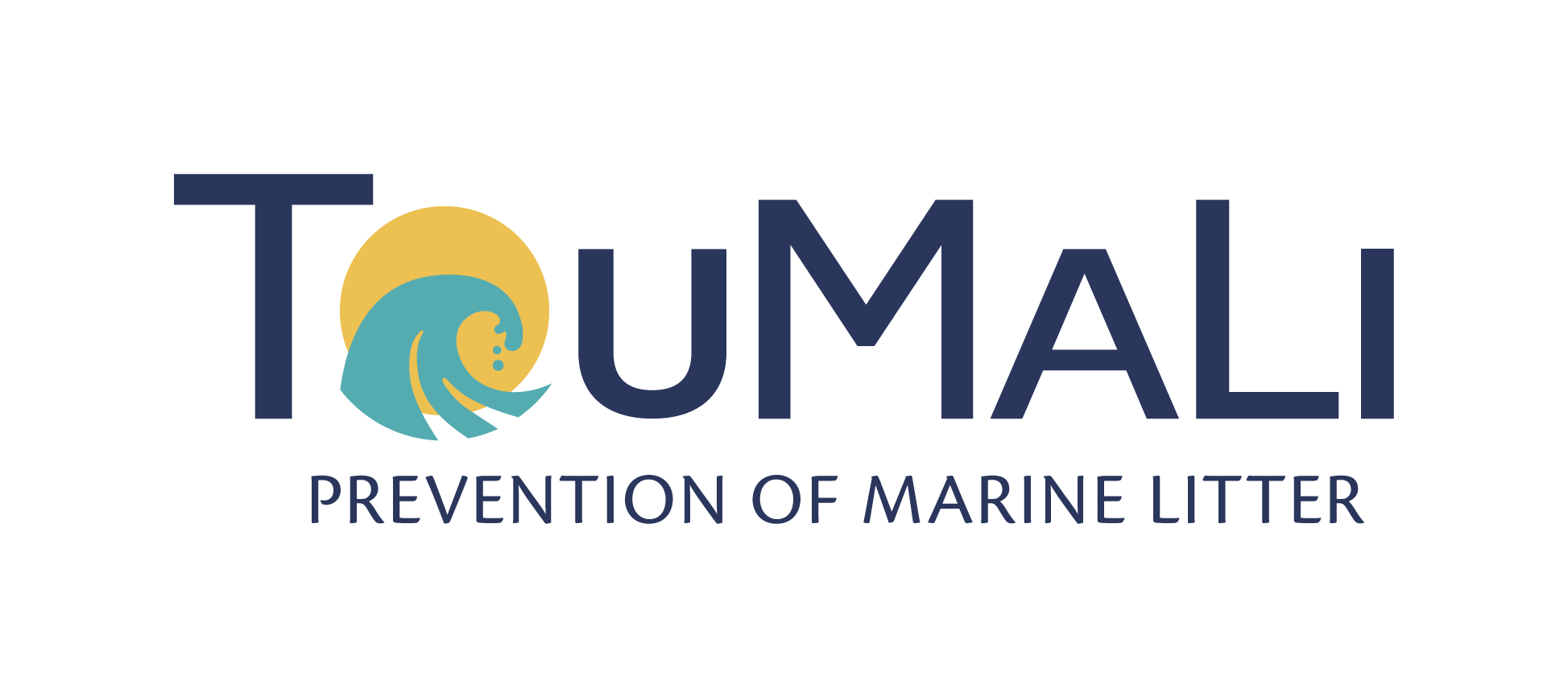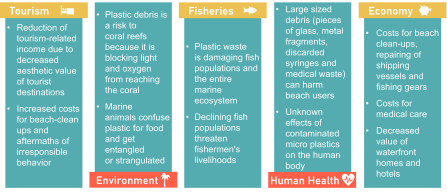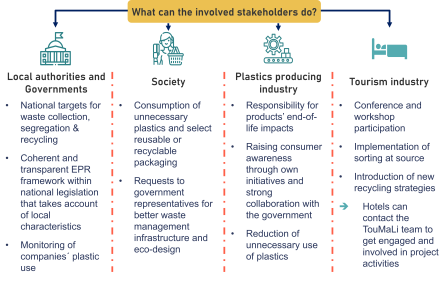
Tourism and Marine Litter
Globally, solid waste generation by tourism has been highlighted by the United Nations Environment Program. 2016, UNEP estimated a worldwide solid waste generation of 4.8 million tons just from international tourism, which represents about 14 % of the total municipal solid waste (MSW) generated during the same year. Many tourism establishments such as hotels, bars and restaurants use large quantities of single-use goods and packaging in their activities (Europe, 2016; UNEP, 2016; Chaabane, 2020). Of this solid waste, between 4.8 and 12.7 million tonnes of plastic enter the ocean annually, mainly generated by the population and tourists living within 50 km of the coast.
Consequences
Although locals, unlike tourists, often do not initially perceive marine litter as a visual problem, they are the ones most affected by its consequences. Due to waste accumulations, cleaner destinations are preferred and the cornerstone of coastal economic development, namely the tourism sector, including the local workforce, faces challenges that could have been mitigated upfront through appropriate waste management strategies. However, not only should a possible decline in tourist numbers, due to the diminishing vividness and beauty of beaches, be considered, but also the impact on human health and the environment.
Tourism Marine Litter
While monitoring of marine litter and its impacts is still limited, research has identified marine litter as a growing issue with effects on various species of fish, cetaceans, reptiles and invertebrates. About 85 % of floating marine litter and 45-95 % of surface marine litter consist of plastics, mainly generated within the tourism industry. Despite the existence of international strategies such as the "Regional Plan for Marine Litter in the Mediterranean", which supports countries such as Morocco, Tunisia and Egypt in combating plastic pollution in the sea through innovative measures, waste generation continues to increase. For example, tourists in Tunisia consume up to three times as much solid waste per capita per day (2.6 kg) as locals (0.6-1.0 kg). While tourists are likely unaware of the significant impact they are having on the environment, the sector suffers from reduced revenues due to beach clean-ups or waste disposal costs and a poor reputation.
Opportunities to prevent Marine Litter from Tourism
The key to the prevention of marine litter is to effectively distribute roles and responsibilities in waste management in the future. Not only the end consumer, in this case the tourist, but above all the producers and providers of services in the tourism sector must share responsibilities among themselves.


